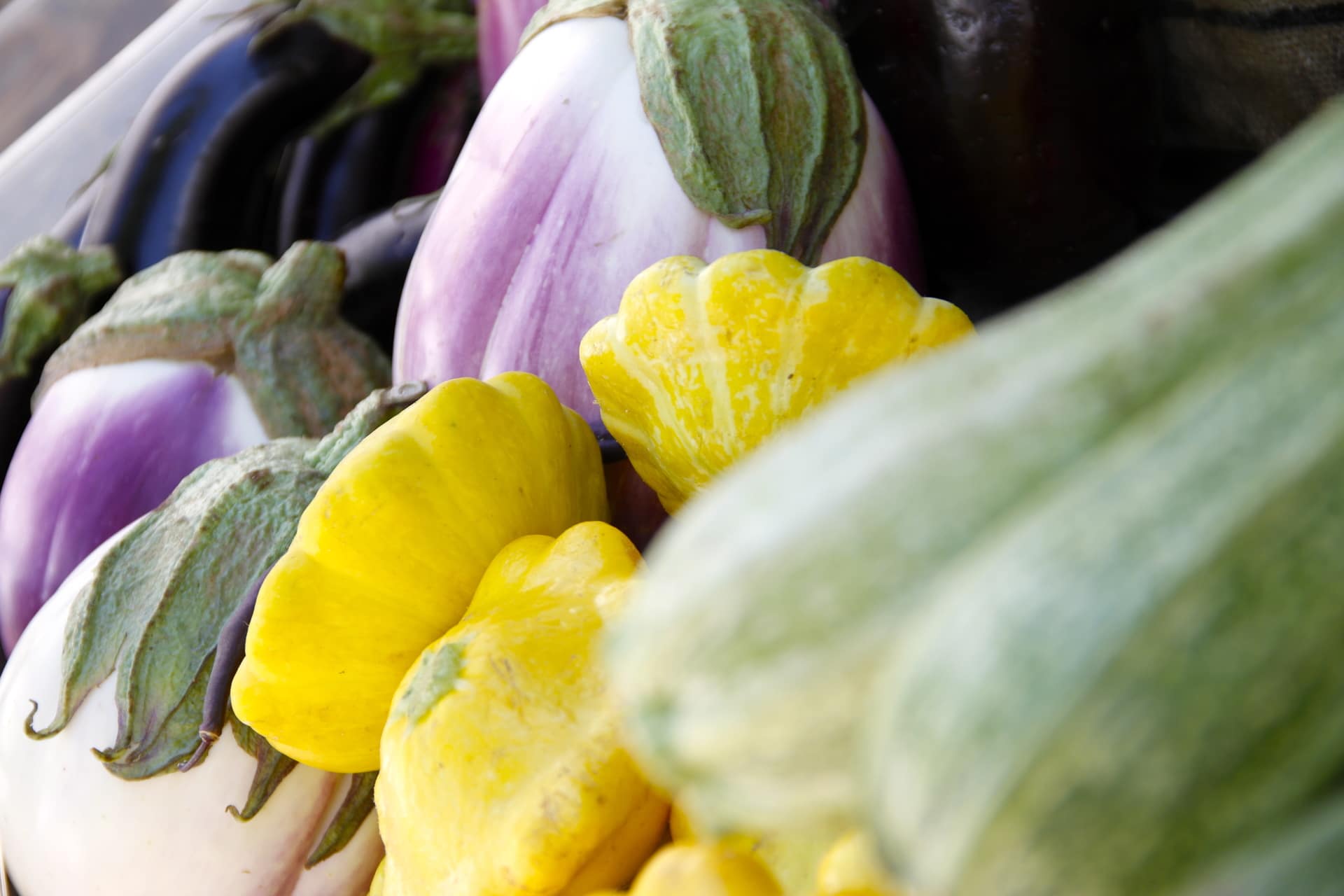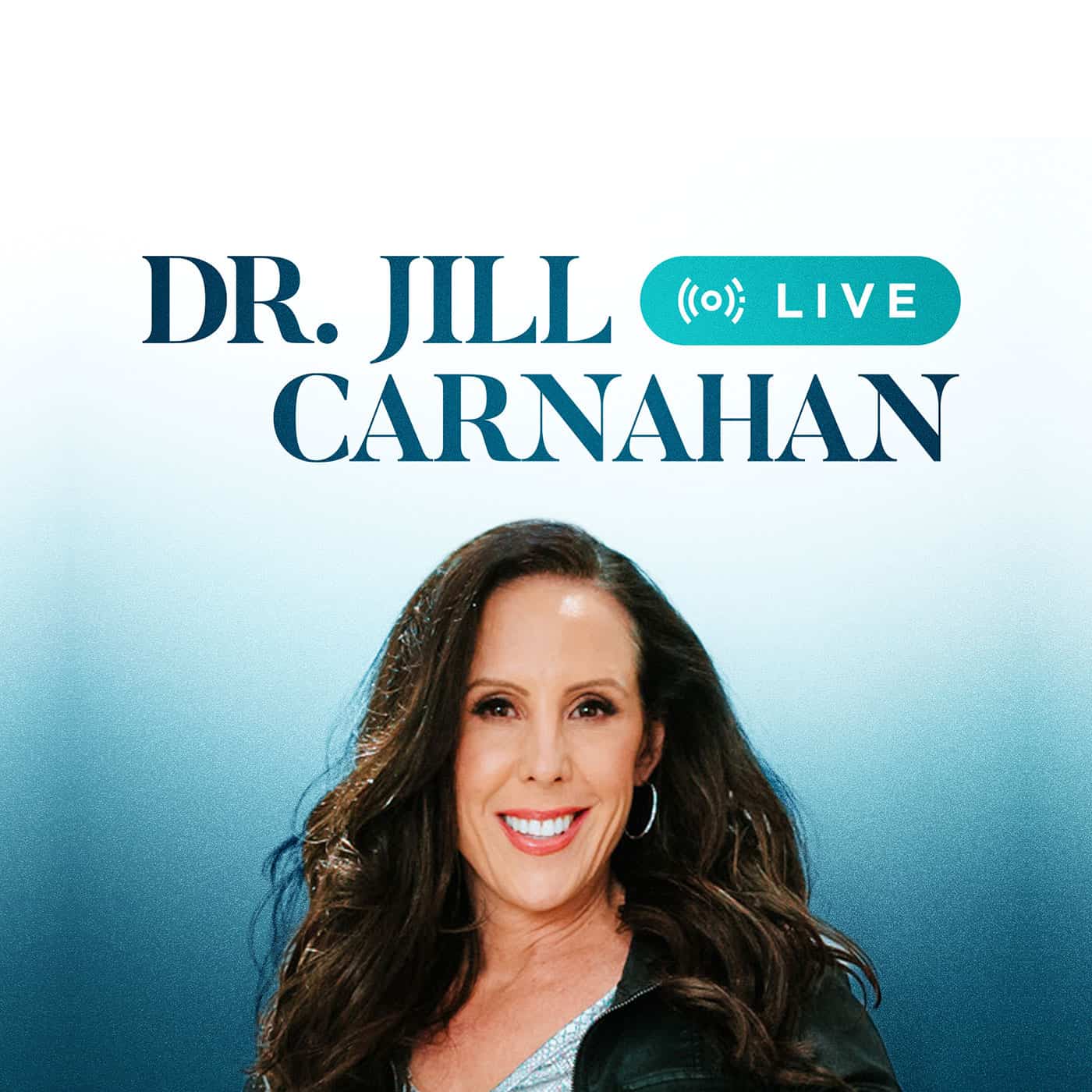You'll want to focus your purchases on items that have no labels at all … namely fresh vegetables, preferably organic and locally grown. Grass-fed, organic meats and organic dairy or dairy-free alternatives are also staples your family can safely invest in.
Real Food Has Curves, a new book written by Bruce Weinstein and Mark Scarbrough, offers a 7-step plan for weaning yourself off processed foods:
- Seek true satisfaction. Enjoy genuine flavors, rather than fat, sugar, and salt added to mask the metallic taste of chemical additives.
- Read labels wisely. You can find food with “real” ingredients in the supermarket if you read labels carefully. Or better yet, purchase foods with no label at all!
- Relish what's on your plate. Devote time solely to enjoying the pleasures of eating.
- Wean yourself off excess salt, fat, and sugar. You can also cook with smaller amounts of these ingredients by using natural substitutes like strong spices.
- Give your palate time to change. You'll gradually lose your taste for excessively sweet and salty foods.
- Go for high-quality foods. Look for products that contain the least amount of processed ingredients.
- Treat yourself well by not skipping meals. Try eating three meals a day at fairly regular times, plus a mid-afternoon snack.
Finally, learn how to recognize “real” food from the chemical-laden, artificially flavored concoctions that line most supermarket shelves. Whether you’re shopping at a supermarket or a farmer’s market, here are the signs of a high-quality, healthy food:
- It’s grown without pesticides and chemical fertilizers
- It’s not genetically modified (non-GMO)
- It contains no added growth hormones, antibiotics, or other drugs
- It does not contain artificial anything, nor any preservatives
- It is fresh (if you have to choose between wilted organic produce or fresh local conventional produce, the latter is the better option as it contains more vitamins & minerals)
- It did not come from a factory farm
- It is grown with the laws of nature in mind (meaning animals are fed their native diets, not a mix of grains and animal byproducts, and have free-range access to the outdoors)
- It is grown in a sustainable way (using minimal amounts of water, protecting the soil from burnout, and turning animal wastes into natural fertilizers instead of environmental pollutants)
If you prepare your meals using primarily foods that meet these eight criteria, you will be making major strides (and delicious ones) for your family’s health!
* These statements have not been evaluated by the Food and Drug Administration. The product mentioned in this article are not intended to diagnose, treat, cure, or prevent any disease. The information in this article is not intended to replace any recommendations or relationship with your physician. Please review references sited at end of article for scientific support of any claims made.



















Share: